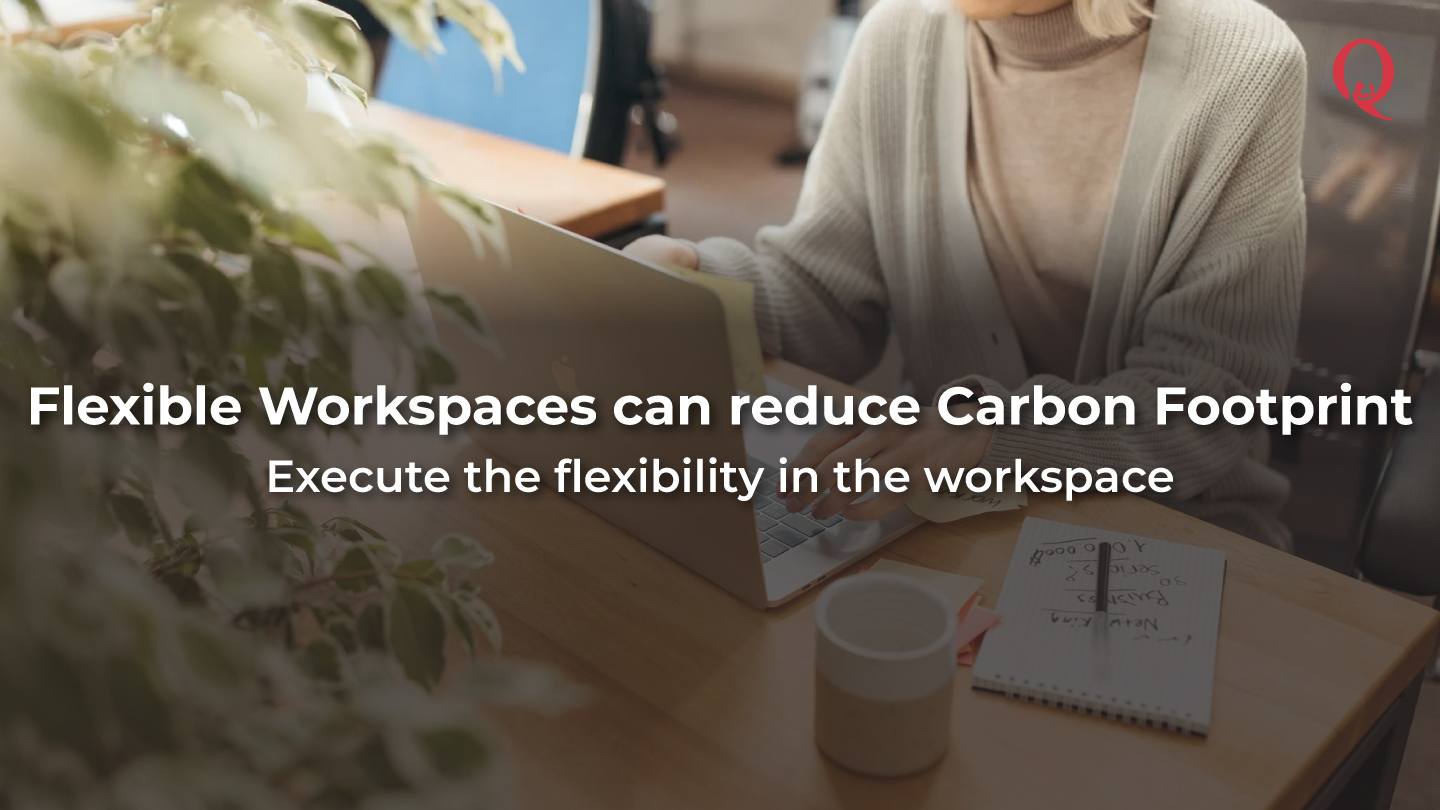A carbon footprint measurement is the yardstick by which we measure our impact on the world around us. Transportation is one of the biggest generators of the carbon footprint on our planet. Traveling in vehicles run by burning fossil fuels generates a massive amount of harmful gases in the air. While the major working trends in the world require working in-office for 8-10 hours a day, it is important to understand and execute the flexibility in the workspace crucially balancing the work-life, carbon emissions, and environmental impacts.
The WHO and The Carbon Trust Research suggested in a proposal that remote working has the potential to save organizations 5 billion dollars and 3 million tonnes of carbon emissions a year through reduced commuting.
Furthermore, the citizens living in metro cities are well aware of the effects of traffic congestion on simple movements while processing the entire day. This gridlock can have a tremendous impact on present and future environmental effects. The “just in case time” factor takes away time for leisure activities on the list and creates additional stress and pressure on other tasks and mental fitness throughout the day.
According to a study, an average person spends 1/3 of their time working. Therefore, work balance is not a buzzword anymore. In the age of the internet offering fully immersive workspaces, bad demographics and cubicles are stone age. Having engaging workspaces for your employee isn’t just a matter of Keeping Up with Jones, human and environmental health are intrinsically linked. Small yet meaningful modifications can be made to achieve an optimal workspace, even without the Google budget.
An effective solution to the problem of flexible workspaces can be following the idea of Co-working. Simon Slade, CEO, and co-founder of Affilorama has experienced first hand the benefits of having remote workers at his company, “By allowing employees to work remotely,” he says, “you can hire the best of the best while not limiting yourself by geographical restrictions.
Spending hours in the office workspace with suffocating working conditions at times are the main reason for the reduced levels of productivity and efficiency of work. While, working in flexible workspaces which are readily available with the help of google age the employees were found to be working for longer hours, with lesser working breaks, and used less sick time than in their office counterparts. Understanding and executing such pliable working trends in the working environment might help some companies catching on to the extended productivity and benefits for their employees.
To put the matter in a nutshell, it can be said that “the office space isn’t dead, it’s making a comeback”. Following the demands of an adaptable escritoire with perks, layout and creativity can help take the environment, personal and professional growth a good turn










